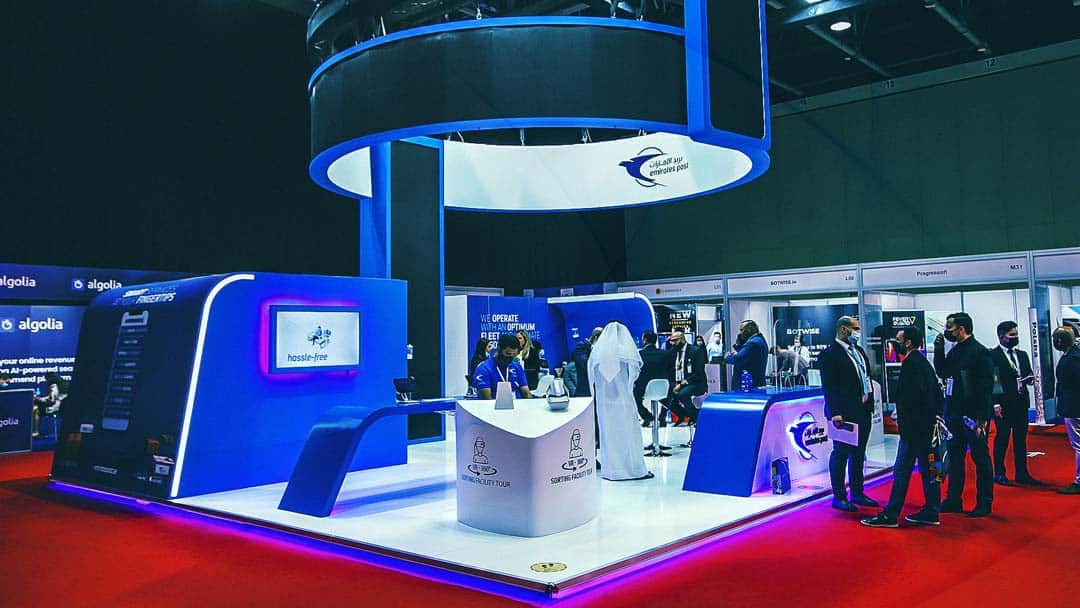When it comes to making a bold impression at an industry event, a 20×20 trade show booth offers the ideal balance between space and functionality. This size is often considered the sweet spot for exhibitors seeking to create an impactful presence without overwhelming their budget or compromising logistical feasibility. With 400 square feet of space to work with, businesses have the opportunity to design an environment that draws visitors in, engages them with brand messaging, and leaves a lasting impression. Whether a company is showcasing products, delivering demos, hosting meetings, or simply enhancing brand awareness, the 20×20 booth provides a versatile platform for a range of strategic objectives. One of the key advantages of a 20×20 booth is its open layout, which allows for creative and dynamic design possibilities. Unlike smaller booth sizes that might limit movement or crowd capacity, the 20×20 space can comfortably accommodate display counters, interactive stations, seating areas, storage, and large graphics all while maintaining a clear flow of traffic. This makes it easier to guide visitors through a curated brand experience without the space feeling cluttered or chaotic.

Additionally, the square shape of the 20×20 layout lends itself to efficient use of every inch, allowing for symmetry, clean lines, and visually appealing configurations. Functionality is another strong suit of this booth size. Exhibitors can incorporate features that serve both form and function, such as hanging signs for high visibility across the trade show floor, LED screens for multimedia presentations, and modular furniture that can be rearranged to suit different purposes throughout the day. Private meeting spaces can also be integrated for client conversations or lead nurturing, offering a quiet retreat within a bustling trade show environment. The booth’s dimensions strike a smart compromise large enough to command attention, yet manageable enough for setup and tear-down within standard timeframes. From a branding perspective, the 20×20 booth provides ample room to showcase a company’s identity in a compelling way. High-resolution backdrops, vibrant graphics, and custom elements like branded flooring or lighting effects can be used to create an immersive brand world. This immersive quality not only enhances recognition but also encourages longer visitor engagement.
Attendees are more likely to spend time in a booth that feels inviting and well thought out, which translates into better conversations, higher-quality leads, and a greater return on investment. Moreover, Aplus Expo 20×20 booth is scalable and adaptable. It can be designed with modular components that allow for easy updates between shows or reconfiguration for different spaces. This flexibility is especially valuable for companies that attend multiple trade shows each year and need a consistent yet customizable solution. The investment in a well-designed 20×20 booth can pay off over time, offering a durable and effective marketing asset that evolves with the brand’s needs. 20×20 trade show booth delivers a powerful combination of size, functionality, and flexibility. It offers the space needed to create meaningful experiences, the structure to support practical features, and the adaptability to keep up with changing marketing goals. For businesses that want to stand out and maximize their presence at events, this booth size offers a strategic and cost-effective choice.



